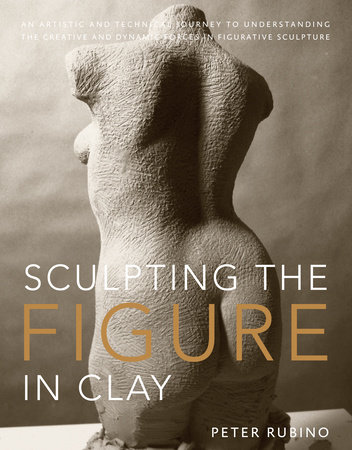Sculpting the Figure in Clay
An Artistic and Technical Journey to Understanding the Creative and Dynamic Forces in Figurative Sculpture
Peter Rubino; Foreword by Dave Brubeck
Ebook
December 15, 2020 | ISBN 9781984860286
AmazonApple BooksBarnes & NobleBooks A MillionGoogle Play StoreKobo
Paperback
April 20, 2010 | ISBN 9780823099245
AmazonBarnes & NobleBooks A MillionBookshop.orgHudson BooksellersPowell'sTargetWalmart
About the Book
In Sculpting the Figure in Clay, acclaimed portrait bust sculptor Peter Rubio teaches a master class in the essentials of figurative sculpture. In this intensive, all-inclusive guide, he introduces students to a natural, straightforward geometry that will help them become masters at forming figures of clay. Rubino’s unique approach utilizes a geometric system consisting of blocks, simple shapes, and guidelines that instruct students in a new and instinctive sculptural style, With these easy-to-follow instructions and informative concepts, students will see figures as the basic shapes beneath the form as well as learn vital approaches such as BLT: Bend, Lean, and Turn, to create evocative expression, and the Three Ps: Position, Proportion, and Plans, for accurate representation.
Other topics include:
• The Fundamentals of the Clay Torso
• Observing the Model
• Essential Materials and Tools
• Sculpting the Female Torso from the Live Model
• Sculpting the Reclining Figure from the Live Model
• Sculpting the Hand, Foot, and Lower Arm
• Plus Many Photographic Reference Poses for Continued Study
This unparalleled resource is the definitive guide to figurative sculpture.




